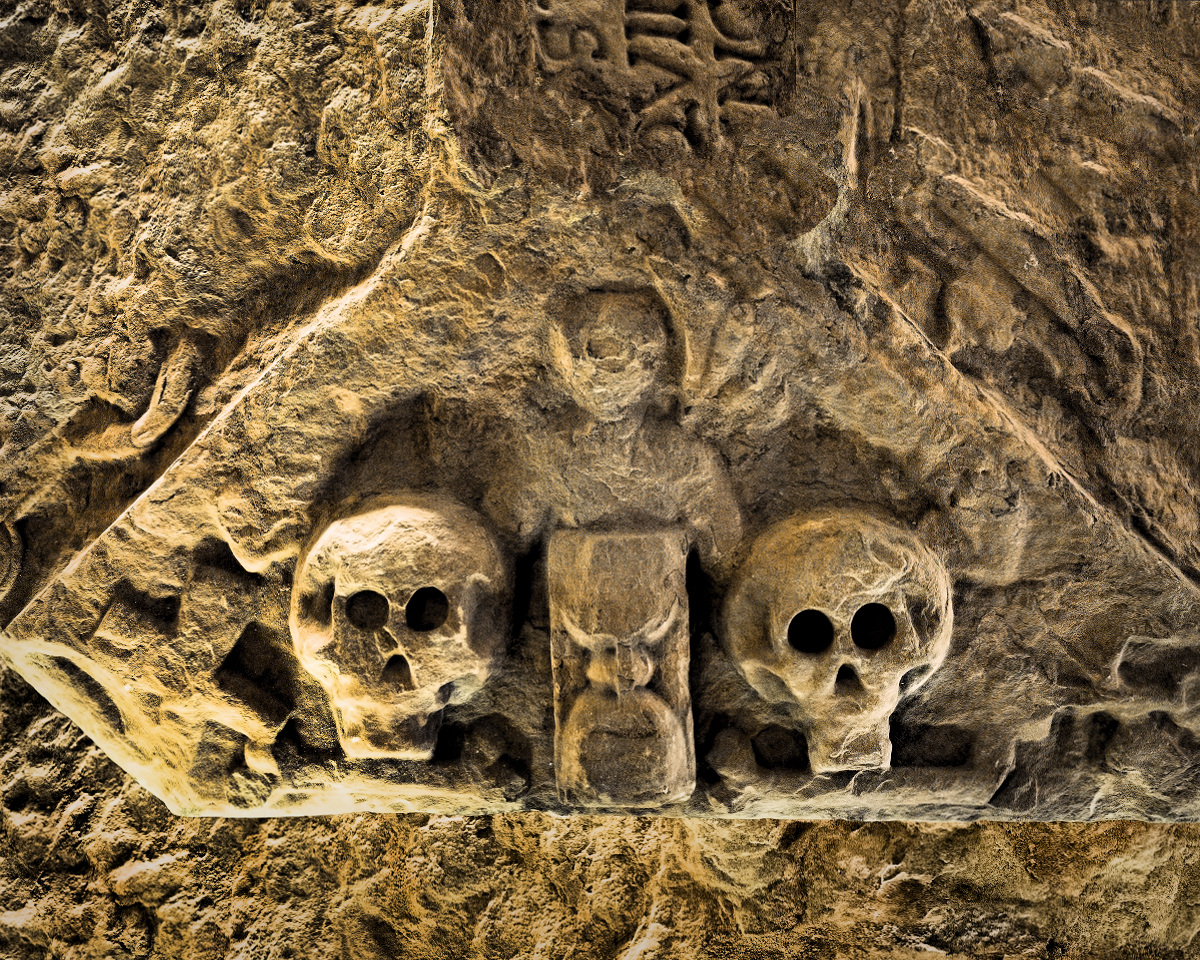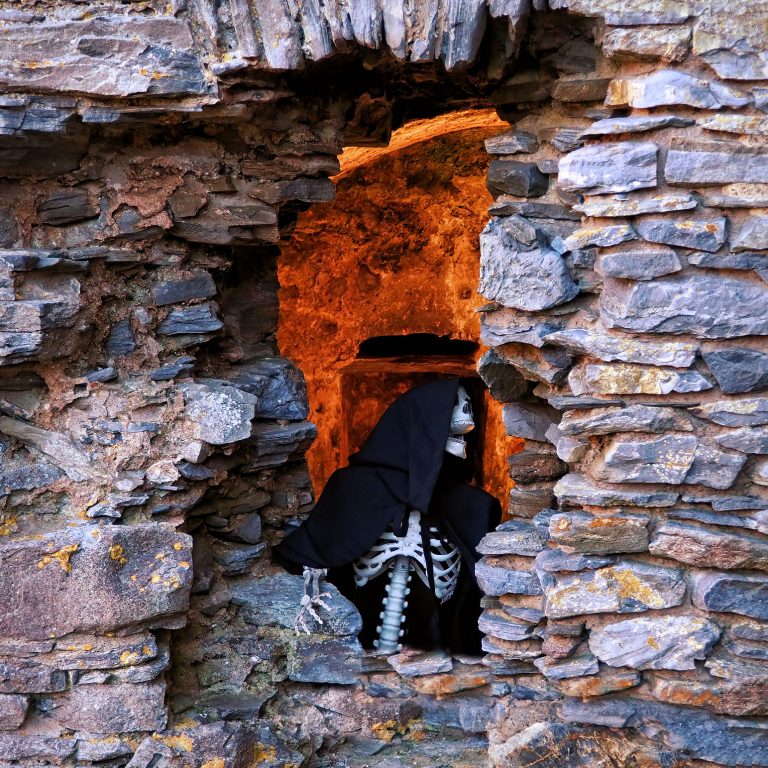February the 14th is a time when all the romantics’ hearts are set aflutter at the prospect of Valentine’s Day or the Feast of Saint Valentine. People find themselves travelling around to globe to places renowned for their romantic moods. Paris, Rome and Venice all lay claim to being ‘The City of Love’ but did you know that Glasgow also claims to be ‘The City of Love’? This is based on a connection which Glasgow has with Saint Valentine, an Italian martyr who never even set foot on Scotland. So what is Saint Valentine’s Connection with Glasgow? Who was Saint Valentine? And what are the dark origins of this yearly event?
St Valentine and the Glasgow Connection
Glasgow’s Connection with Saint Valentine began in 1868. A wealthy French family donated a small wooden box labelled “Corpus Valentini Martyris,” or ‘the Body of Saint Valentine’ to a Franciscan holy order. It was then brought to Glasgow by monks who were impressed by the faith of the locals. His bones, namely the forearm, were placed in Saint Francis’ Church, in the rundown neighbourhood of the Gorbals. The relics sat there in almost complete anonymity for over a century. In 1993, the casket was moved to the nearby, Blessed St John Duns Scotus Chapel, where it has been granted a place of honour at the church’s entrance.
When Valentine’s Day comes around, a statue of the Saint is placed next to it and the casket is decorated with flowers while the friars say prayers for lovers. Lovers have been known to propose to their intended within its shadow. It has even led Glasgow to call itself the “City of Love.”
The last resting place of Saint Valentine
Glasgow is not the only place in the world to claim they have St Valentine’s bones. Today, there are at least ten places in the world claiming to house the relics of the Saint. These include the Basilica of Santa Maria in Rome, and Roquemaure in France. Other relics are said to be found in Dublin, Ireland, Madrid, Vienna, Prague, the Greek island of Lesbos, Savona, Poland, Malta and Birmingham in England.
It is a practice which seems strange to us today: bodies being disinterred and the skeleton being split apart and carried away into different parts of the world. However, this was not a practice instigated by the very early Christian Church, who believed that the remains of Saints and other Martyrs should be allowed to rest in peace. Then, at the second Council of Nicaea in 787, it was decided that every altar should have a relic. Suddenly, the sale of relics became a booming trade, often with tales of miracles being attached to the bones. People would go on pilgrimages to visit these relics in the hope of evoking a miracle or cure.
Who was Saint Valentine?
Very little is known about Saint Valentine. In fact, he might even be more than one person. He is thought to have died during the 3rd century. He is recognised by the Catholic Church as the Patron saint of lovers, beekeepers and epileptics. In some accounts, Saint Valentine was a Roman priest and physician, who suffered a martyrs death around 270 AD at the command of Claudius II Gothicus. He was then buried on the Via Flaminia. Later, Pope Julius I was said to have built a basilica over his grave.
In other narratives, he is identified as the bishop of Terni, Italy who was also apparently martyred in Rome. However, it is possible that these are different versions of the same account and refer to only one person.
According to one legend, Saint Valentine signed a letter “from your Valentine” to his jailor’s daughter whom it is said he befriended and healed from blindness. In another legend, Saint Valentine allegedly defied the Emperor’s orders and secretly married couples. Roman soldiers were not permitted to marry thus marriage would stop a young man from being sent to war. However, most of these legends seem to date from the 14th Century and from the writings of Geoffrey Chaucer.
The Dark Origins of Valentine’s Day
Like many of the other Christian festivals, the date for Valentine’s Day coincides with a former pagan celebration. Thus Christmas replaces Yule, Halloween and All Saints Day replace Samhain while Candlemas and the feast of Saint Brigit replace Imbolc. Unlike Valentine’s Day, however, Lupercalia was a violent feast. It was replete with animal sacrifice, random matchmaking and coupling in the hopes of warding off evil spirits and infertility. The origins of Lupercalia have been traced back as far as the 6th century B.C. Romulus and Remus, the founders of Rome, were rescued by a she-wolf during their early life. It is thought the feast celebrates this event. Lupercalia was celebrated over three days in mid-February. The festival began with the sacrifice of a male goat and a dog. The sacrifices were performed by Luperci, a group of Roman priests.
The animals were skinned and their hides were used to make whips. Women would line up to be whipped, thinking that this would make them fertile. During Lupercalia, the men randomly chose a woman’s name from a jar to be coupled with them for the duration of the festival. Often, the couple stayed together until the following year’s festival. Many fell in love and married. In AD 494 Pope Gelasius declared that February the 14th should be a Christian Feast Day. In effect, he had taken over Lupercalia. David Jasper, a literature and theology professor at Glasgow University, says this might explain how Valentine’s Day came about.
He says the celebration of Valentine’s Day was “purely pagan. The connection with the Christian Valentine was completely false.”
If you have enjoyed this article, please share the spooky using the icons below or leave a remark in the comment’s box.




